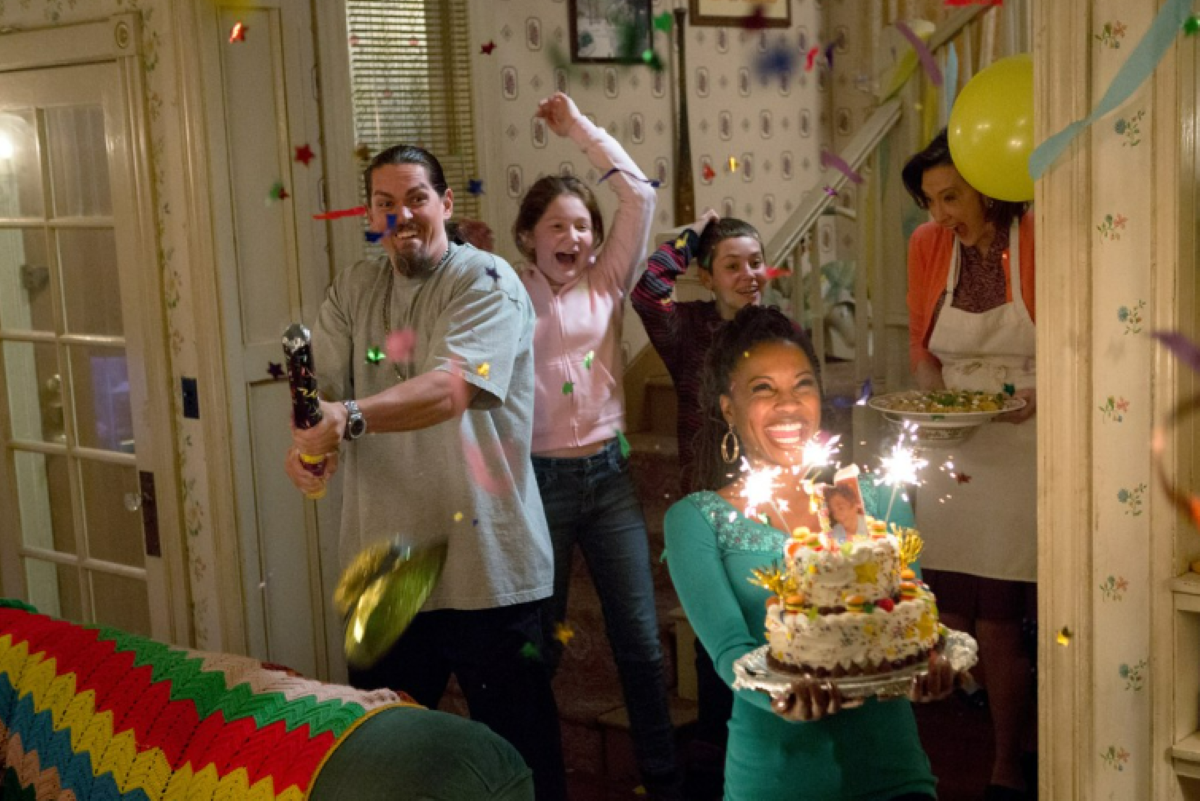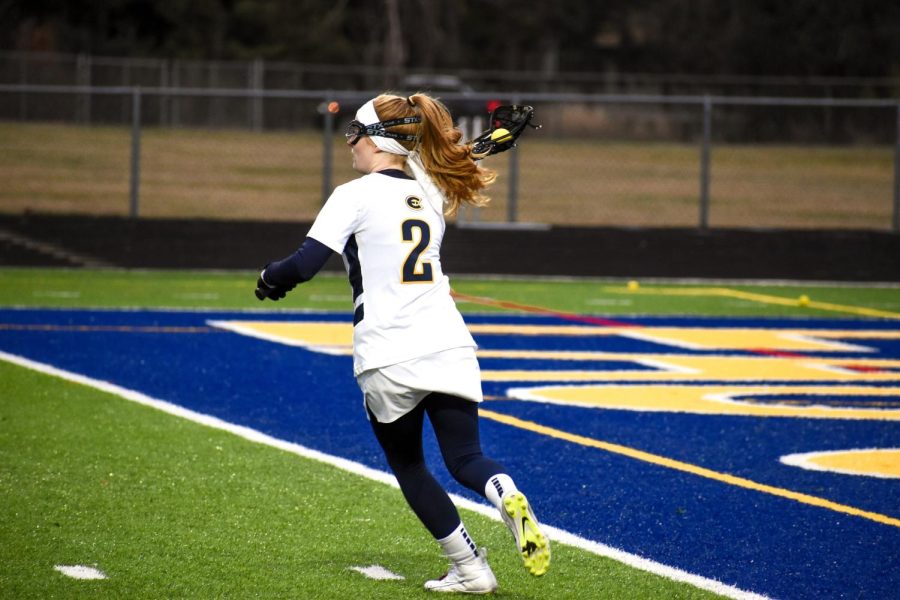Election Day is near. The nation soon will decide who will be our commander-in-chief for the next four years. And as the media always say, the people have a big decision this time around.
But for one American Government class, their “big decision” does not come once, but twice in the month of November.
Political Science Department Chair and professor Geoffrey Peterson’s POLS 110 class is serving as the electorate to an election being run by another class taught by Peterson.
This elections class is unique in that instead of writing a typical research paper, students are split into groups and are running campaigns that their peers in the entry-level class are voting in.
“It was taught by someone before me, but I’m the one that brought the (elections) into it,” Peterson said.
The class is offered every other year, in the even-numbered fall semesters, which coincidentally pairs with major election years,
Peterson said.
“(The class) fills fast,” he said. “Word gets around, people apparently like the idea, because it fills up pretty consistently.”
The election is elaborate in its design. The POLS 110 students are polled at the beginning of class to see what campus issues are most important to them. Meanwhile, the elections class form groups that run campaigns not unlike those being run on the state or national level.
“I think (the election) does an accurate job of depicting how in any campaign it’s not about who has the best ideas,” said senior AJ VandenHeuvel, the candidate for group “Red B.” “Campaigns aren’t about what candidate would actually serve the country best.”
One way this was reflected for VandenHeuvel was that he said his group originally wanted to run an “open” campaign on ideas, but has found his group has to “stoop down to (the other campaigns’) level” by winning people over with flattery.
The campaigns as well as the voting body are assigned colors based on their attitudes towards certain issues, Peterson said.
“Students in the American Government class are each assigned to a party based on a secondary color,” he said. “So they’re orange, purple, and green … The candidates are put into the primary color categories.”
There are six groups, with two groups making an “A” and “B” section of each primary color.
Peterson said in theory, the primary colors of the campaigns have to figure out a way to win over the vote of the secondary colors associated with their primary color.
This does not mean a purple group member has to vote for either a red or blue group’s candidates, Peterson said, but they would most likely be aligning with their interests more if they did so.
The groups put up a candidate, form a platform of their stances on issues and develop campaign strategy that they think will give them an electoral edge over the other groups.
Choosing what platform to run on is based at least partly on demographic analysis of the POLS 110 class, VandenHeuevel said.
“We got the demographics of the class and that’s how we based our (platform),” he said, adding that most of the class consisted of either education or political science majors.
This strategy is one taken by multiple other campaigns as well. Blue A, for example, is putting a great emphasis on education majors and running on a platform to reform some of the GPA requirmenets for the education program.
The campaigns are even given a budget. They initially start out with 40 “points” to spend. They can spend money on many different things one would expect to see from a national campaign.
Just some of these things are personal appearances in front of the class (cost: 10 points), perform opposition research (cost: between one to five points a week) and they can even create video advertisements (cost: between 10-20 points depending on length). The campaigns can do fundraising as well, Peterson said.
One of the best advertisements Peterson said he has seen was made from a previous class. It was an attack ad that gave humorous titles to the opposing candidates, while using footage from in-class appearances to support the validity of these nicknames.
It was such a high quality attack ad, Peterson said.
Peterson even accused the student who made the ad of acting like infamous campaign strategist Karl Rove.
It turns out the student went on to graduate school for campaign management and performed oppositional research on U.S. Senator Al Franken, Peterson said.
Students are getting more out of this than just an escape from writing a typical term paper.
“I’m learning about the political system in a lot more depth,” said junior Rhiannon Durban, the candidate for “Red A.”
Peterson said this campaign also helps educate students from both classes about the process of elections and politics itself.
“People get very, very cynical about political campaigns very easily,” he said. “I think the idea is to show that … most people make an earnest effort to really try and reflect the will of the voters.”
The election will be held the Wednesday before Thanksgiving break, which helps simulate low voter turnout, Peterson said.
Until then, the elections class will be fighting for the vote of the electorate and getting an education all the while.






